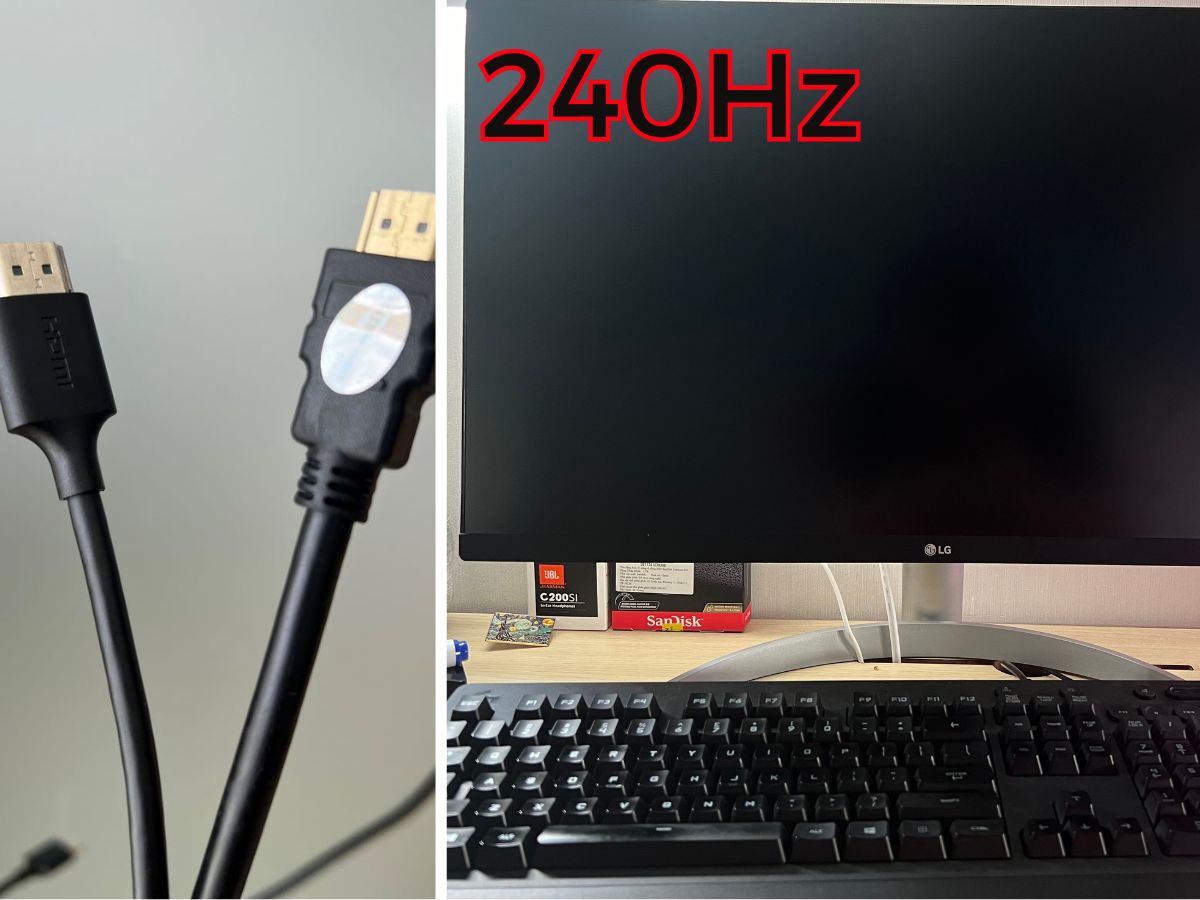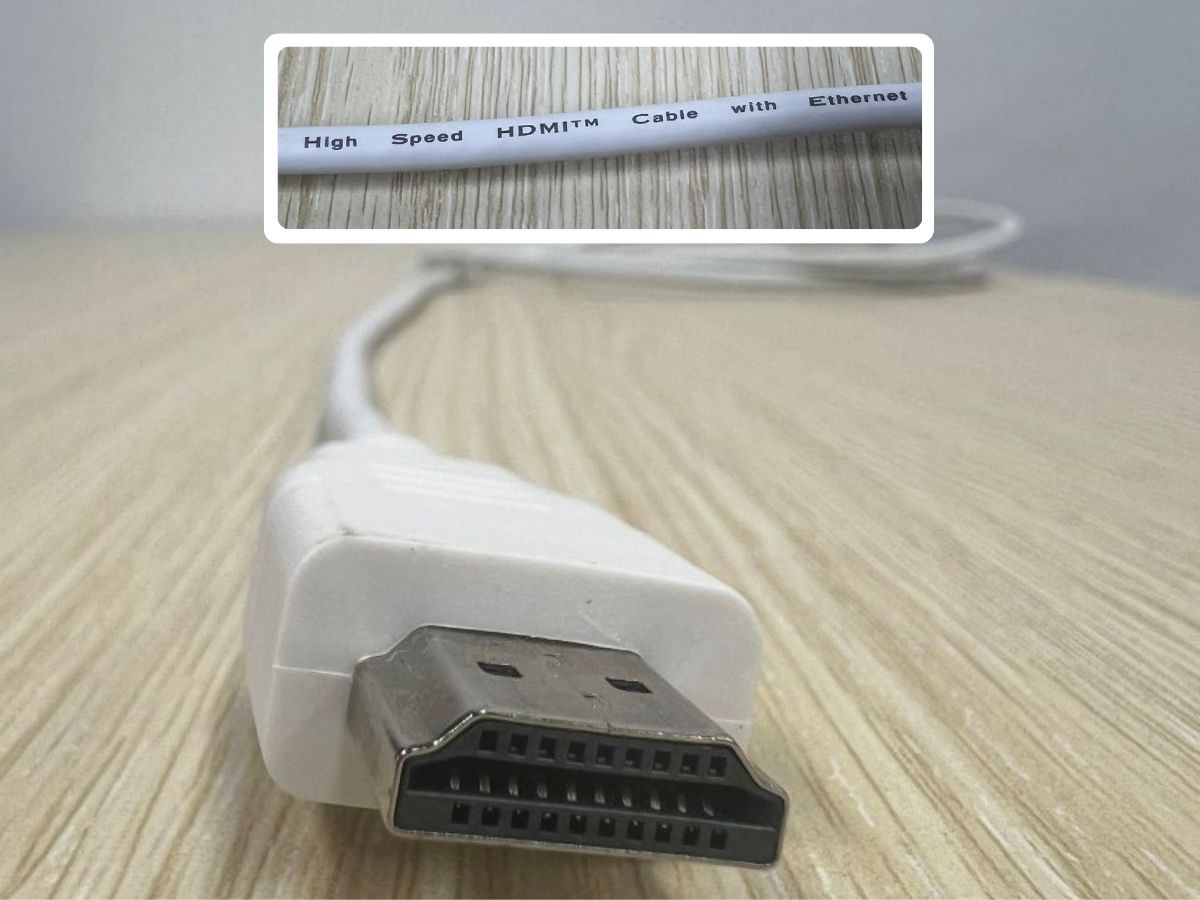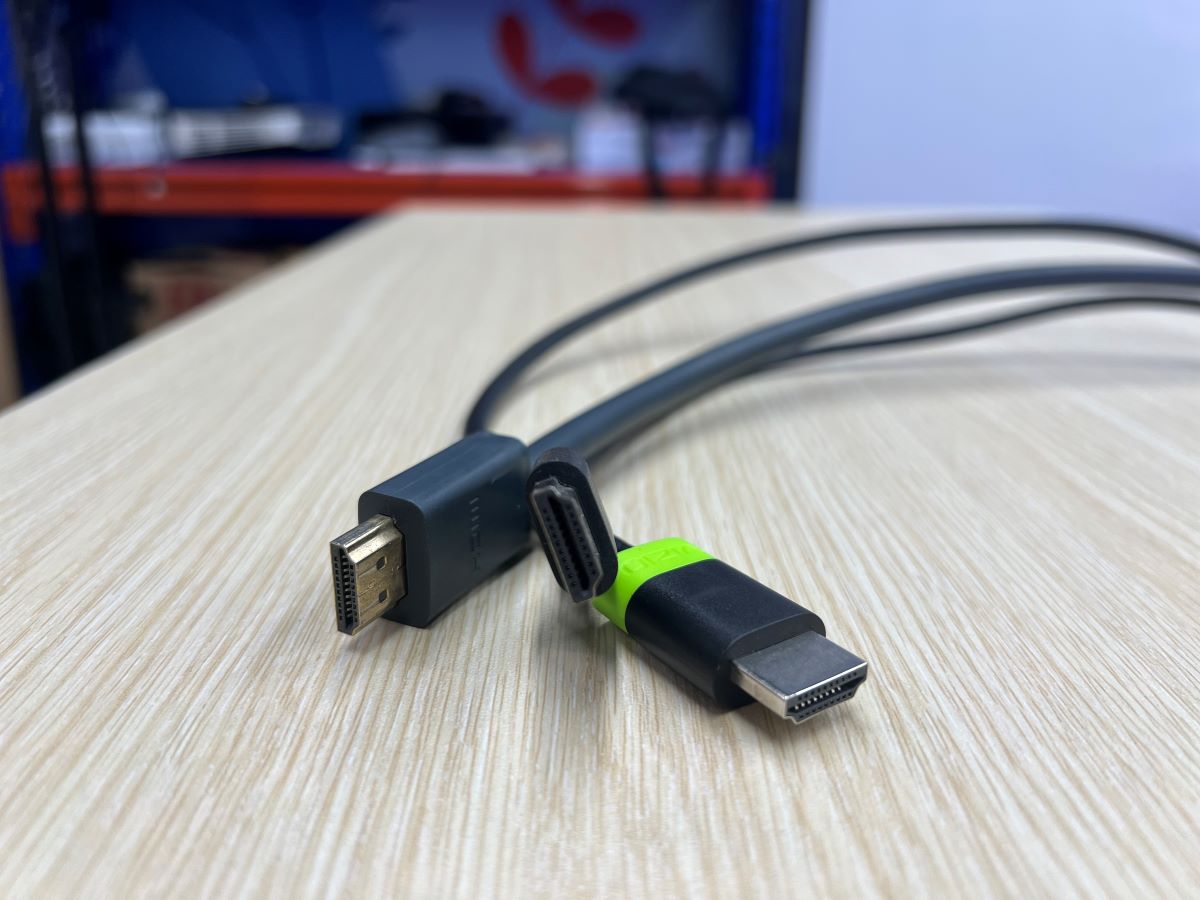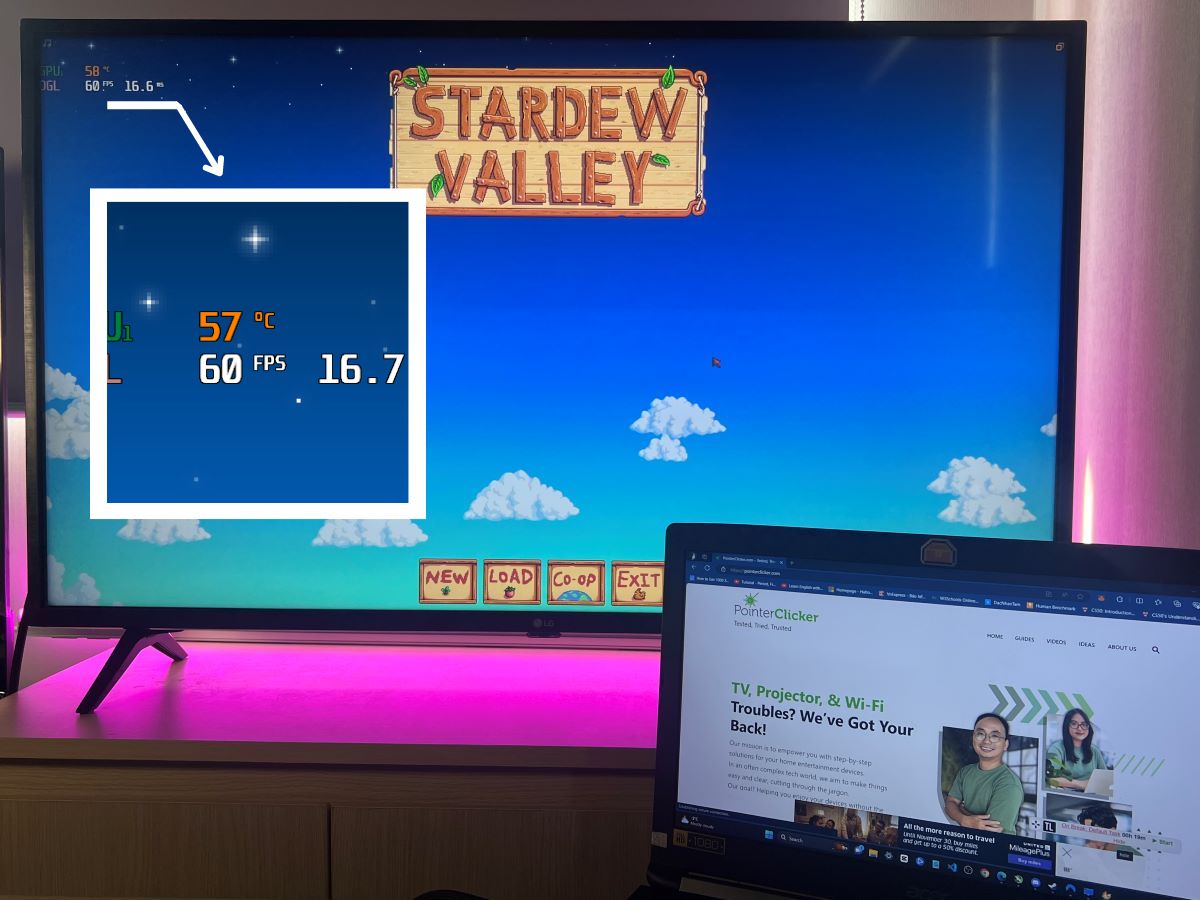Does HDMI cables Support 240Hz Refresh Rate?

What to Know
- To achieve 240Hz, you need a compatible monitor, the right source device, and a high-speed HDMI cable.
- HDMI 1.4 can handle 240Hz at 1080p, but it uses 4:2:0 chroma subsampling to achieve this, ultimately affecting its color quality.
- To achieve 240Hz at a 2K resolution, use the HDMI 2.0 or 2.1 version.
This article dives into the technicalities of HDMI cables and their ability to support 240Hz, examining different versions and their compatibilities.
We’ll also provide solutions for common issues and list the best HDMI cables for achieving this high refresh rate.
If you’re looking to optimize your display for gaming or high-end video, understanding the nuances of HDMI cables is essential.
Quick Navigation
Which HDMI Cables Support 240Hz?
While HDMI 1.4 can potentially support up to 240Hz at a resolution of 1080p, it’s not a standard or common configuration. HDMI 1.4, also called “High-Speed HDMI,” was basically designed to support 4K at 30Hz.

If you’re aiming for higher refresh rates, HDMI 2.0 is the first version designed with innate support for 240Hz. However, it maxes out at 1440p (2K) and will drop to a lower refresh rate when transmitting higher resolutions (i.e., 4K at 60Hz).
For the 4K resolution, HDMI 2.1 would be your best bet. It has a video bandwidth of 42.6 gbps, which allows it to support higher resolutions and refresh rates than its predecessors. This version can transmit 240 fps at 4K resolutions—with some help from DSC.
Display Stream Compression (DSC) is a technology that the HDMI and DisplayPort standards use to render high-resolution graphics at high frame rates. With DSC, viewers do not notice any loss of image quality or visual artifacts.
Below is a comparison table of the different HDMI versions and what resolutions they can support for 240Hz
| HDMI Version | Resolution |
| HDMI 1.4 – 8.16 Gbit/s |
|
| HDMI 2.0 – 14.4 Gbit/s |
|
| HDMI 2.1 – 42.6 Gbit/s |
|
For HDMI 1.4, 240Hz is possible with 4:2:0 chroma subsampling.
In this image encoding operation, color resolution is reduced in comparison to brightness, allowing support for higher refresh rates within the bandwidth constraints of HDMI 1.4.
Unlike DSC, chroma subsampling is not visually undetectable—if you look hard enough, you’ll find it. It may not spell doom for your image quality, but at times it results in artifacts.
If you want to avoid the potential downsides of chroma subsampling, just use HDMI 2.0 or 2.1 cables.

Summarily, you’ll need three essential components to achieve a 240Hz refresh rate on your display. They are:
- A monitor compatible with 240Hz
- Source devices like PC graphics cards, or game consoles that can support 240Hz
- An HDMI (1.4 or more) port and cable compatible with the resolution you want to transmit at 240Hz.
If any of the above is missing, you will not enjoy the full 240Hz experience.
3 Best HDMI Cables For 240Hz
You’ll need HDMI 2.0 and 2.1 cables to transmit 240Hz without signal compression, because older generation HDMI cables are limited to lower refresh rates like 144 and 60Hz.

If you’re in the market for an HDMI cable that’s compatible with your computer system, the list below offers some excellent options.
You should know that HDMI cables are often labeled a little differently from their connector counterparts. Rather than slapping on their individual HDMI versions, manufacturers often use a high-speed rating on cable labels.
So, if you want a cable for 240Hz, we advise that you also look out for speed rating certifications. ‘high-speed’ labels refer to HDMI 1.4, ‘premium high-speed’ is 2.0, and ‘ultra high-speed’ is 2.1.
FAQs
Does HDMI Cable Support 144Hz?
Yes, HDMI cables can support 144Hz, but with specific considerations.
Starting from version 1.4, HDMI cables can reliably handle 144Hz at 1080p resolution. Versions 2.0 and 2.1 also natively support 144Hz at up to 2K and 4K respectively. With the help of DSC, HDMI 2.1 can take on higher resolutions at that refresh rate.
Just ensure that your computer’s GPU can output this refresh rate and your monitor can display 144Hz.
Does HDMI 2.1 Support 240Hz @ 1440p?
Yes, HDMI 2.1 supports 240Hz at 1440p (2560 x 1440), also known as 2K.
Moreover, HDMI 2.1 is adaptable enough to handle even higher resolutions with impressive refresh rates, such as 4K at 240Hz and 8K at 120Hz.
Conclusion
HDMI is one of two digital video interfaces that I’ll recommend for transmitting images at 240Hz. The 240Hz refresh rate is popular among gamers because it makes motion appear smoother and minimizes lag.
With HDMI 2.0 or 2.1 ports and matching (ultra high-speed) cables, you can enjoy the full capacity of your 240Hz monitors. While HDMI 2.0 can support 1440p images at 240Hz, HDMI 2.1 renders even higher resolutions (4K) at the same refresh rate.
If you’re a gamer, check out our article on DisplayPort cables for 240Hz. The DisplayPort interface is HDMI’s only competition for resolution quality, transmission speed, and refresh rates. Which do you prefer?
Gabriella ‘Diogo is a technical writer with a vested interest in tech hardware and equipment. She shares her knowledge and processes in an easy-to-grasp, lighthearted style. When she’s not testing or researching device performance, you’ll find her writing short stories or rewatching episodes of her favorite sitcoms.


